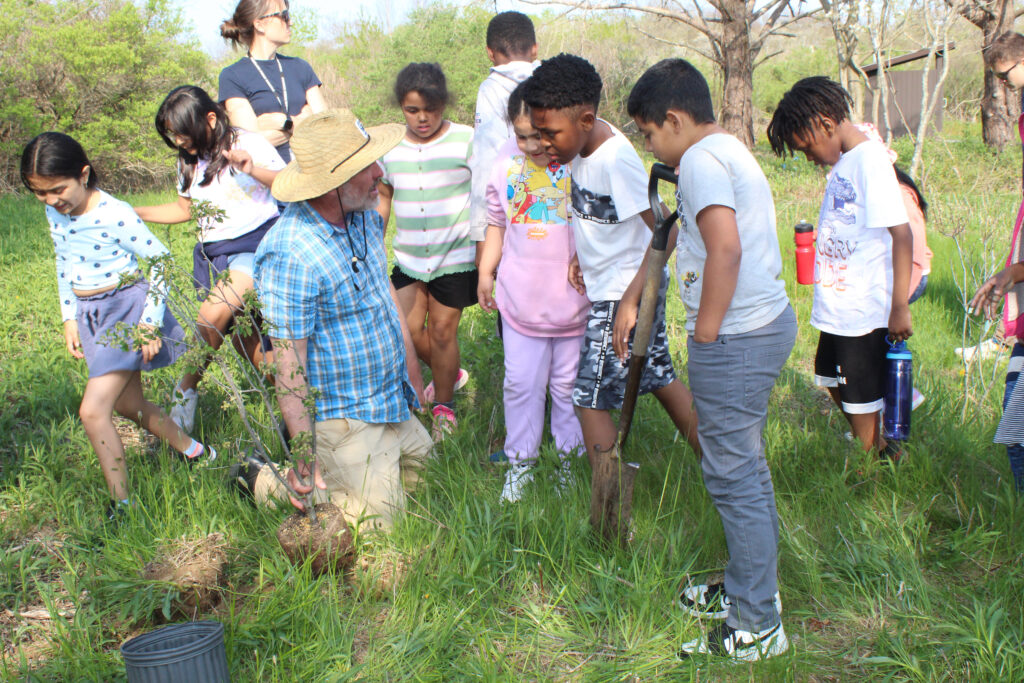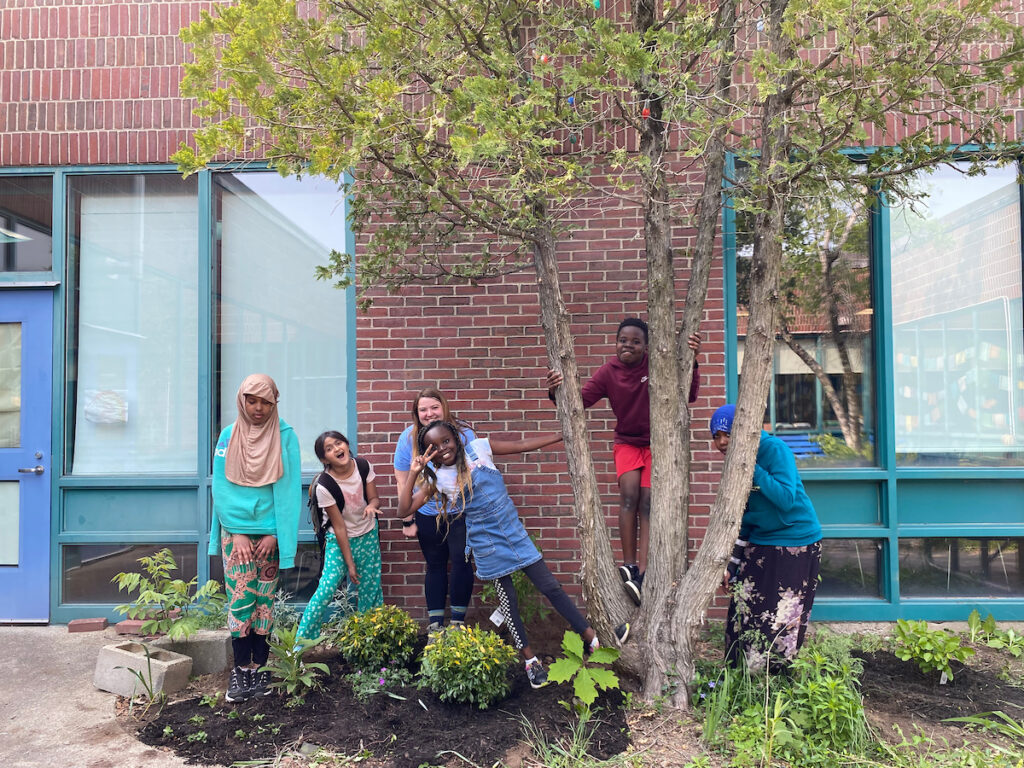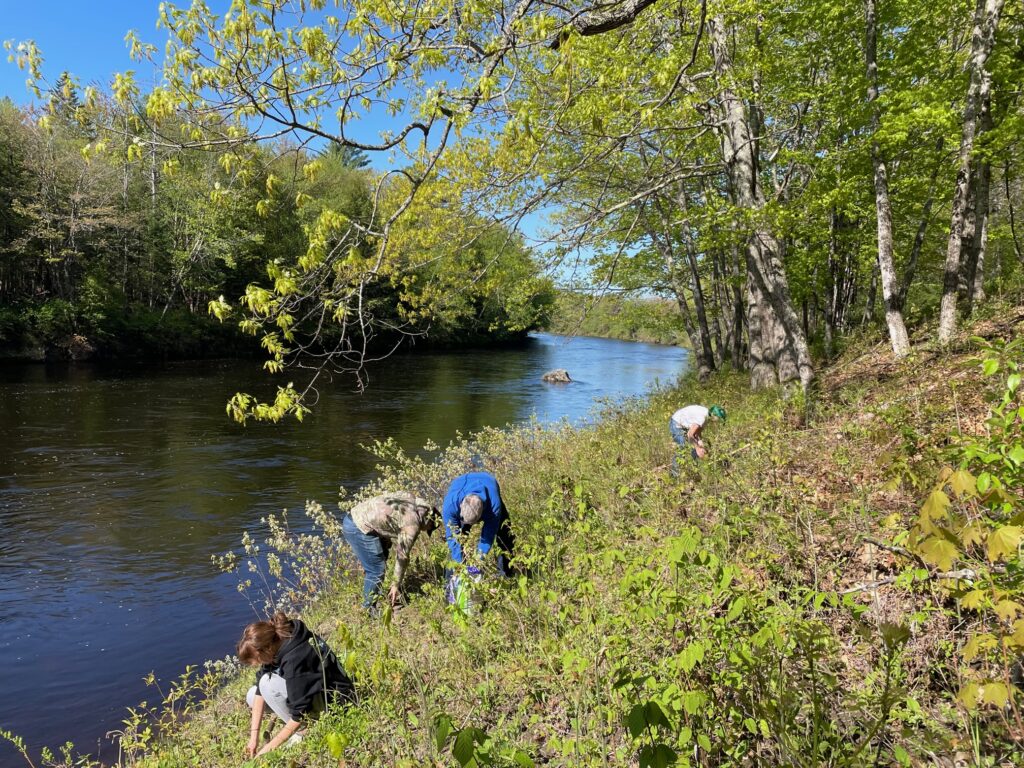
In our work to conserve wildlife and habitat, Maine Audubon will always devote special attention to species of wildlife which are rare, threatened, or endangered. Our partners at the state and federal government are responsible for designating, or “listing,” these species.
As I write, our conservation team works on conserving Piping Plover and Least Terns, and are collaborating on a new project focused on Saltmarsh Sparrows. This spring, our educators taught thousands of students about federally endangered Atlantic Salmon. Our advocacy team has been working on legislation around endangered species these last few months, most notably a bill that would increase protection of endangered and threatened species habitat from development. We also just celebrated (if that’s the right word) the passage of a bill that adds eight new species to the Maine Endangered Species list.
As spring has sprung in our “Bringing Nature Home” program, we’re also working to integrate state-listed species of plants in our education and demonstration projects. We take our lead from the State, especially Maine Natural Areas Program, to help us identify habitat by natural communities when we’re planning a project. We also pay attention to the rare plant database to get a sense of which species can be grown at scale sustainably via conservation horticulture. We like to include plants which are scientifically deemed this way, and use this as a way to talk about the different actions people and communities, along with Maine Audubon, can employ to conserve wildlife and habitats.
Since things started thawing out in April, we’ve been working to integrate state listed species into plants lists and landscapes where we do installations and demonstration plantings. This spring, we’ve carried on our shrubland restoration project at Kettle Cove State Park in Cape Elizabeth with several groups of students from Portland. There, we are growing endangered Beach Plum and threatened Nantucket Shadbush, among other native species displaced by invasive honeysuckle and knotweed. Students in afterschool enrichment programs with Learning Works planted endangered Inkberry and Northern Spicebush, state-listed as a species of concern.

Maine Audubon has been working with Portland Public Schools on plants curriculum across STEM, Living Schoolyards, and Wabanaki Studies subject areas, and being able to observe and study state-listed species in their schoolyards is great for students and teachers.

Our planting in Guilford included Great Blue Lobelia, which has become listed as potentially extirpated in Maine since we’ve been growing and promoting it. We get these plants from the same ethical, sustainable, and conservation-minded growers we get all of our plants from, and we are pleased to help professionals and communities source native plants through our conservation horticulture partners.

But you don’t have to have a state park or schoolyard to grow or support rare plants. We can all grow ten or so species of threatened, endangered, or potentially extirpated plants in our gardens this summer. While these plantings don’t constitute true restoration efforts, they still host the other important connections these plants hold, for wildlife and for us. Every year, the Butterflyweed I grow in Portland hosts Monarch caterpillars, I see bumblebees wedging their bodies in and out of Great Blue Lobelia flowers, and the centers of each Wild Lupine leaf team with tiny webs and critters. All three of these plants are listed as potentially extirpated in Maine, meaning connections like the ones I am observing are potentially lost from the landscape. Plus, what’s more exotic and exciting than growing endangered species in your garden?
Maine Audubon expects to offer the following threatened, endangered, or potentially extirpated species at the Native Plants Festival & Sale on June 17, and via our online sales all summer. (Look for these species at one of our demonstration plantings, too!)
Butterflyweed
Great Blue Lobelia
Beach Plum
New Jersey Tea
